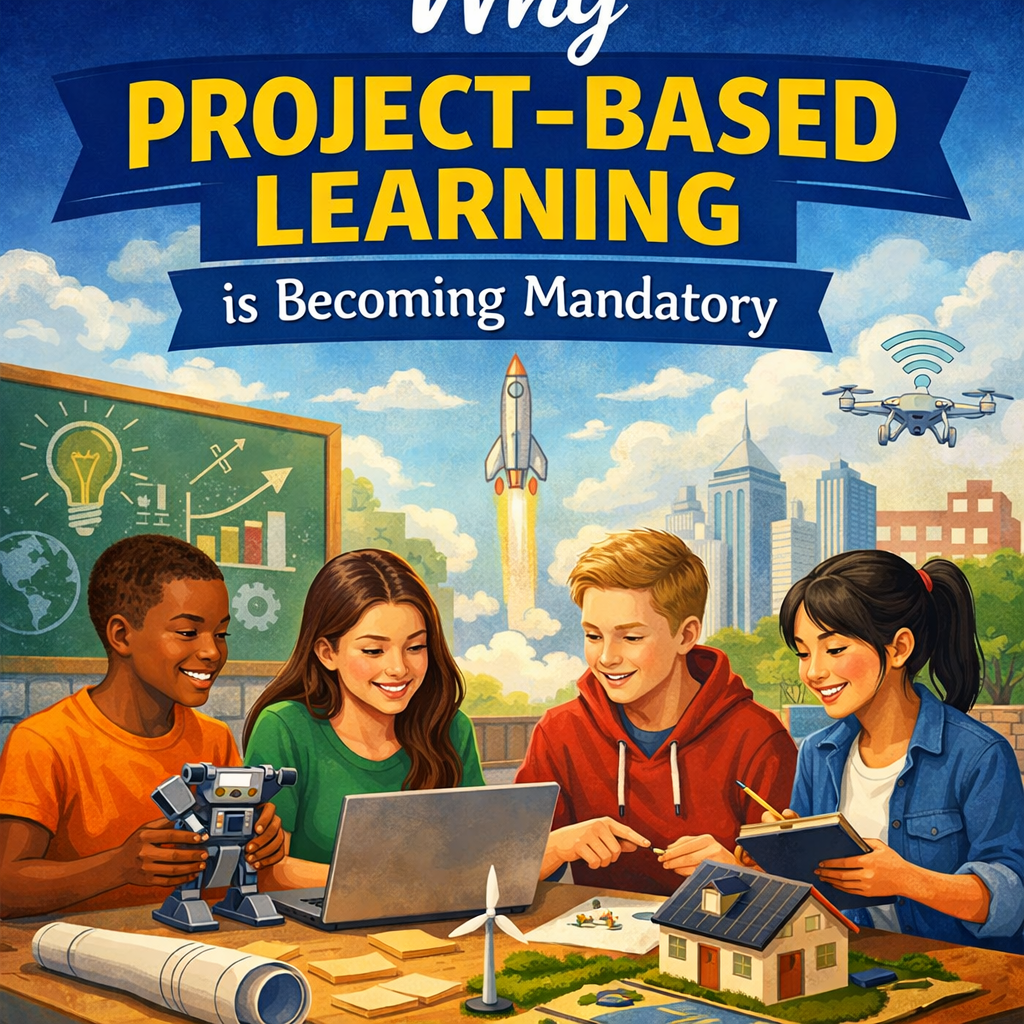Want a quick summary on “how to build a portfolio as a new freelancer?”, click here.
What is a Freelancing?
Freelancing means you are not a full-time employee of any company, instead you complete projects on the basis of your skills and take payment for the project.
In freelancing,
- You can choose your time to work on your own.
- Can work for multiple clients.
- You can keep work from home or in a remote setup.
- You can earn according to your skills.
- Get global opportunities.
In simple words, freelancing is a type of independence to work, where you earn according to a project or an hour.
Benefits of Freelancing
- Flexibility and independence
In working from home, many times you often get a flexible schedule. You can take a break according to your comfort. This independence motivates you and provides you a chance to perform according to your work style. - No travel time and energy saving
The biggest benefit of working from home is that you do not have to travel daily to visit office. You neither have to waste time in traffic nor in extra cost for transport. The time wasted can be utilized in your studies, with families, or hobbies. It also saves energy and increases productivity more. - Comfort of home environment
Working at home with a familiar environment is naturally comfortable. You can choose your favorite spot whether it is a study table, balcony, or a sofa. Home comfort provides you with are relaxed and stress-free atmosphere, which improves your concentration and productivity automatically. - Better work-life balance
You can easily balance your professional and personal life with freelancing. You can spend time with your family, manage daily household responsibilities, and also do your job smoothly. This balance is especially helpful for students or part-time workers who want to manage both studies and work. - Increase productivity and focus.
Many people feel more productive when they work from home. There are unnecessary meetings, gossip, and distraction in the office which ends when workers work from home. That’s why they can work more efficiently.
Understand What to Include in a Portfolio for New Freelancer
Your portfolio is a digital proof that allows a client to understand your work and professionalism. That’s why you should not add random samples to your portfolio; instead, include only carefully selected items.
Show Your Best work
Usually, beginners think that if they add a lot of samples then their portfolio will be strong but in reality, quality is the most important. Add 4 or 5 samples that represent your best skills. The client should see your professionalism and creativity with those samples.
Add Different Types of Samples
Every client is different that’s why your portfolio should have variety. If you are a content writer, then include blog post, product description, and social media captions. If you are a designer, then include posters, logo designs, and infographics. Through this client will feel that you are versatile and can handle different projects.
Include Client Testimonial
Ask for a short testimonial, if you have ever worked with any client whether for a small project or a big one. Testimonials increase the trust factor of your portfolio. If you haven’t worked with any client ever then remember to take feedback after the completion of your first project.
Highlight Your Skills, Tools, and Services
Create a separate section in your portfolio to show your skills and tools like Canva, MS Word, WordPress, Grammarly, Photoshop, or any relevant tool. Also, write clearly about your services like blog writing, email, copy writing, social media management, graphic design, etc. Through this client will get a clear idea of what to expect from you.
Create Samples for Portfolio When You Are a New Freelancer
If you are a new freelancer and haven’t done any client projects till now, then you don’t have to take stress. Every successful freelancer has made a portfolio with their own samples to start. You can also do like them.
Write Mock Projects or Personal Practice Samples
You can create a dummy or practice project according to your niche. Like if you are a content writer, then write an article thinking that it is for a client. And if you are a graphic designer, then create a poster or logo design for any brand. The samples show your creativity and skills.
Do Volunteer Work for Small Businesses, NGO, or for Friends
You can do volunteer projects for free or on a nominal charge like writing a blog for any NGO or designing an Instagram post for any small business. Through this, you will get real-world experience and you can add genuine work samples to your portfolio.
Join Internships or Short-Term Gigs
Internships are very helpful or beginners because here you get a practical project and feedback. You can create samples by joining part-time or remote internship. Weather internship is paid or unpaid, experience and feedback both are valuable.
Create Case Studies to Show Your Problem-Solving Approach
You can create solution-based content for any problem. Like if you are a social media manager, then write about how to increase the followers of any brand or how you can improve their engagement. These case studies show that you are not just creative, but you are also a strategic thinker.
Choose the Right Platform to Create Portfolio as a New Freelancer
The portfolio for you will be effective, when you show it in the right place. There is a perfect platform for every new freelancer you just need to select one according to your niche. Below are some popular platforms where you can easily create your portfolio.
Medium
If you are a content writer, blogger, or a poet then Medium is a perfect platform. You can create your portfolio by publishing your articles and you can also increase your readership and visibility through publications on Medium.
Key features :
- Easy to use platform.
- Clean and distraction-free interface.
- Publication for better reach.
- Built-in audience
- SEO friendly platform
Best for : for writers, bloggers, and poet.
WordPress
Key features :
- Easy to use.
- Highly customizable.
- Ideal for portfolios and blogs
- Full ownership and control
- Regular updates and community
Best for : Freelancers, bloggers, small business owners, writers.
Behance or Dribbble
Both creative platforms, but they serve different purposes.
Behance: Best for showcasing full projects and detailed portfolios. Professional creatives use it to display their complete work.
Dribbble: Best for sharing quick design previews and creative snippets. It’s great for grabbing attention and networking.
- Creative portfolio platform
- Visual and interactive layout
- Global exposure
- Easy to use
- Networking Opportunities
Best for : Designers, illustrators, photographers, logo creators
The first one is LinkedIn. It is a professional networking platform where people create their professional profiles to showcase their skills, experience, and achievements. This is the best platform for finding professional jobs.
Key features:
- You can connect with the industry experts, recruiters, and professionals.
- You can use your LinkedIn profile as a digital resume.
- You can see all the information about the company and its job openings by following them.
- You can improve your skills through LinkedIn learning courses.
- Find full-time, part-time, remote, and freelance jobs. Set up job alerts based on your interests and location.
Best for: Job search + professional networking
Upwork
A freelancing platform that connects clients with remote freelancers in writing, design, programming, and more. Best for those who prefer project-based or freelance work.
Key features :
- It is the most popular platform for freelancing projects.
- You can see projects for multiple roles.
- You get the opportunity to work with a global client.
- It gives a secure payment guarantee with the Escrow system.
- You can choose projects according to your skills and experience.
Best for: It connects freelancers with global clients, offers secure payments, flexible work, and opportunities across diverse industries.
Fiverr
Fiverr is a freelance marketplace where professionals can offer their services and hire clients globally. This platform is perfect for beginners to experienced users and is used for short-term or long-term remote gigs.
Key feature :
- Freelancers list their services in the form of gigs, like writing, graphic design, programming, marketing, and more.
- You get wide opportunities because clients are available worldwide.
- It holds payment until the client is not satisfied.
- Courses are available to improve skills.
- There are levels according to the performance of and reviews of freelancers, which build trust.
Best for : freelancers offering creative and small services.
Creating a Strong Portfolio As a New Freelancer
our LinkedIn profile is your digital first impression — it’s often the first place recruiters and potential employers check before contacting you. To make it effective, start with a professional profile picture and a clear, keyword-rich headline that reflects your role or target position (e.g., “Aspiring Digital Marketer | Content Creator | SEO Enthusiast”).
Let’s see in detail;
- Professional Profile Picture
Your profile photo is the first thing people notice. Make sure it’s:
- High quality (clear, not pixelated)
- Professionally dressed
- Friendly and approachable expression
- Clean background
- Catchy & Clear Headline
Your headline doesn’t have to be just your job title. Use it to show your value, skills, and target role.
Example:
“ “Content Writer | SEO Specialist | Helping Brands Grow with Engaging Content”
A good headline grabs attention and helps you appear in searches.
- Strong About Section (Summary)
This is where you tell your professional story. Use simple language to cover:
- Who you are
- Your top skills and experience
- Your goals or what you’re looking for
- A call to action (e.g., “Open to new opportunities” or “Let’s connect!”)
- Use short paragraphs or bullet points to make it easy to read.
- Skills & Endorsements
Add relevant skills to your profile — LinkedIn allows up to 50, but focus on your top 10–15. Ask colleagues or past clients to endorse your top skills to build credibility.
Pro Tip: Match your skills to the jobs you’re targeting.
Start with Small Freelancing Projects If You Are a New Freelancer
When you start your freelancing career then starting from a small project is a smart decision. In starting getting high-paying projects or bigger clients is difficult, but from small projects you can build experience and credibility both.
You get a chance to understand work through small projects like how to talk with clients, handling deadlines, and managing workflow.
The most important thing is that you get positive reviews from these projects. These reviews build trust in your profile through which you can get bigger clients in the future.
If you want then you can provide a discount at the start or free samples to the client. These feedbacks make your profile more strong and helps you reach to next level project.
Conclusion
This article covered how to build a portfolio as a new freelancer, including what to include in your portfolio, how to create samples when you don’t have clients, and the best platforms to showcase your work — such as Medium, WordPress, Behance, Dribbble, LinkedIn, and freelancing platforms like Upwork and Fiverr.
By following these tips, beginners can start building a professional portfolio, even without prior client experience. A strong portfolio helps you attract clients, showcase your skills, and establish credibility in the freelance world.
You can explore more informational blogs about freelancing here.







Leave a Reply